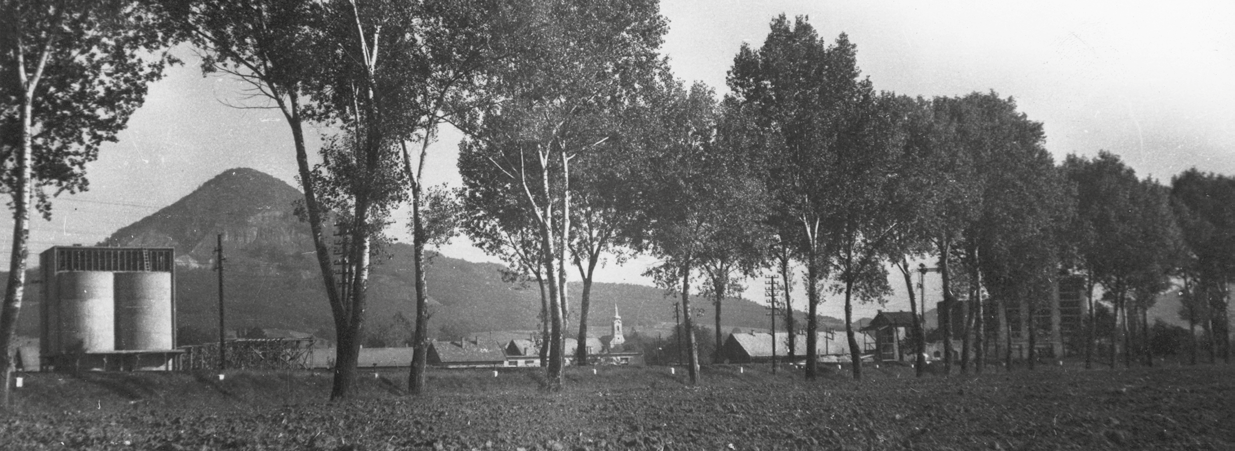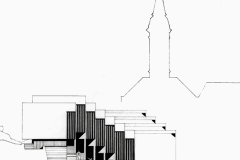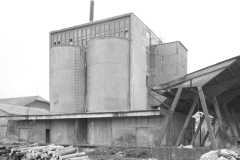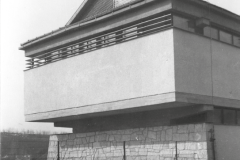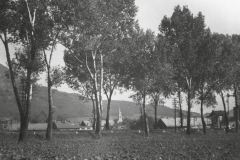Before Pécs
The Forgottten DEcade of György Csete’s Careeer: 1961–1970
Text: Péter Haba
Photos: Csete Foundation
Almost without exception, the writings that praise the oeuvre of György Csete begin with the plans he realised with the members of the Pécs Group which was formed around 1970. The authors easily skip over the nearly ten years between György Csete’s graduation from the University of Art and Design (1961) and his appointment at the Baranya County Design Company (1970) as an architect at the Ore and Mineral Mining Design Office, primarily working on designs of various mineral processing plants and the associated minor public buildings, social facilities and residential buildings. These buildings of his were not published in the architectural press, and György Csete himself did not emphasise his creative period in the 1960s either, perhaps because he no longer considered them to be of significance for his later, highly influential works or for his creative self-image and attitude in his later years, or because the modernist stíle of these works seemed too alien and distant from the principles of organic architecture from the perspectives many years later. It is understandable, therefore, that György Csete’s critics paid no attention to this period, and his ten works dated from this era slowly faded into obscurity. Nevertheless, György Csete did not let his youthful works get lost: in his legacy we can still find numerous plans and photographic documentations of his completed buildings, the scientific research of which is now essential for a comprehensive understanding of the oeuvre of György Csete and for establishing his exact place in the history of architecture. Even a preliminary survey of the legacy, which provides the basis for more in-depth analyses, reveals to the researchers a surprisingly multi-directional, rich decade of career beginnings, a peculiar period of his path-finding, which, although in many respects quite different from all that characterised György Csete’s architecture from around 1970 onwards, nevertheless anticipated it in more than one aspect. This study attempts to review the most significant works of this legacy section as a kind of research outline and to interpret them in the context of Csete’s oeuvre as a whole.
